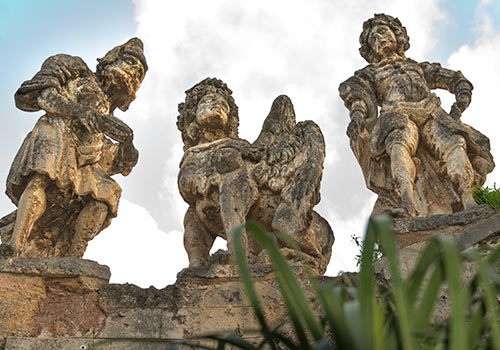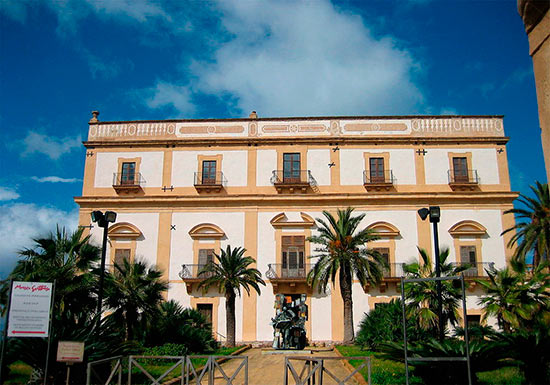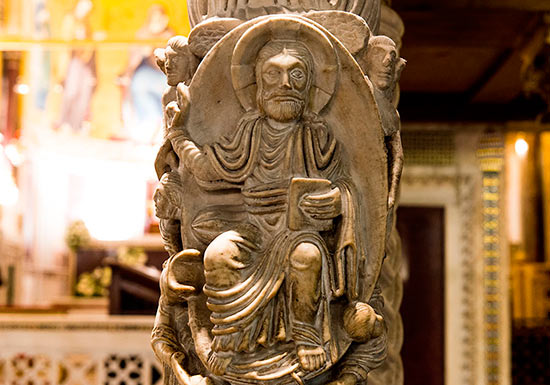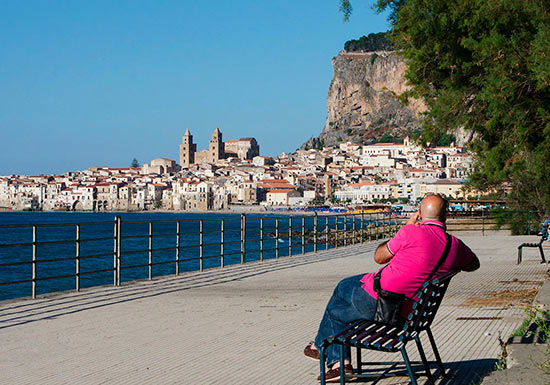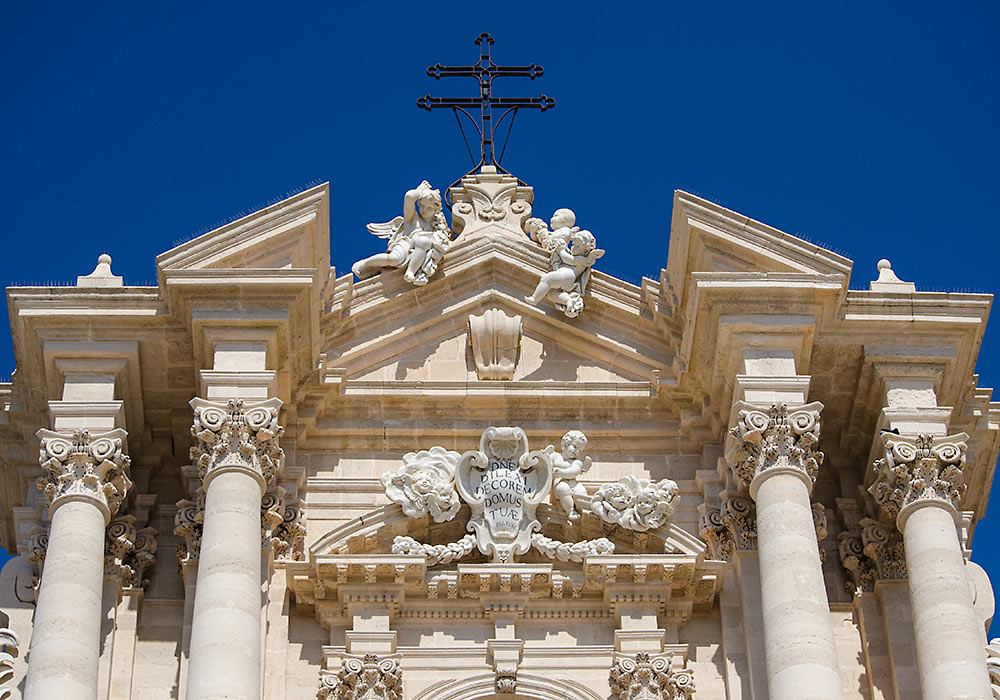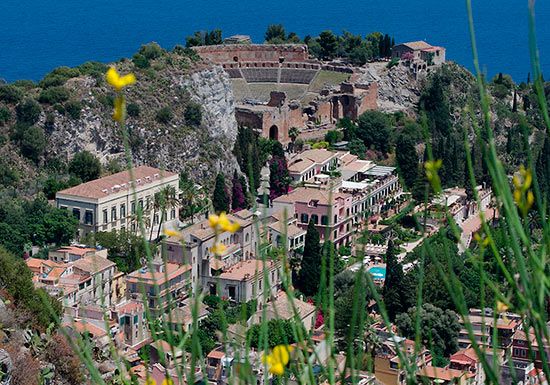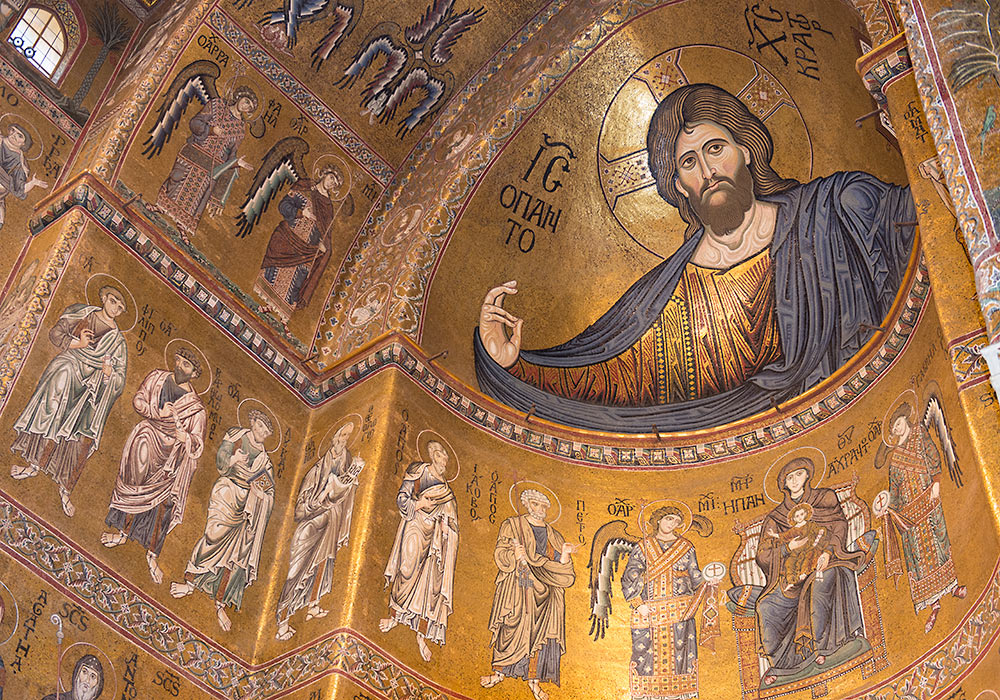Sicilian passito – an ancient wine seducing gods
The Sicilian wine Passito is a wine made from grapes that have been dried to concentrate their juice. The name Passito comes from the Latin word passum – an ancient Roman sweet wine that was named after the Latin verb pando – to spread out.
If used in winemaking context, the verb 'pando' represented the spreading out of the grapes to dry under the sun until turning into raisins. The oldest known recipe for producing passum available today comes from an ancient Carthaginian source.
In one small island located in the Strait of Sicily in the Mediterranean Sea, local people cultivate one of the most ancient vines that humankind has ever known. The sort of these grapes is proclaimed by UNESCO as one of the Masterpieces of the Oral and Intangible Heritage of Humanity. The wine made from it is a product of a very old tradition that was practiced in the region for more than 2300 years.
The name of the island is Pantelleria; it is a satellite island of Sicily and represents the most southerly territory of Italy (about only 70 km from the coast of Tunisia in North Africa). Here, one of the most famous wines among those known as “sweet raisin wines” – Passito di Pantelleria is produced. The local wine is prepared from a white grape sort, a member of the Muscat family. It is called Zibibbo or Muscat of Alexandria and is considered as one of the most ancient vines in the region. Wine experts believe that this is the oldest genetically unmodified vine still existing and probably one of the first cultivated by humans.
This grape sort was originally cultivated in North Africa, probably around the Nile Delta, close to ancient Alexandria. Later it was transmitted to the European continent and cultivated by Romans who in turn made it popular all over their Empire.
The technology of producing sweet raisin wine is called rasinate (to dry and shrivel). It dates back to the Bronze Age and continues almost unchanged until today. The winemaking process consists of different grape drying methods - either the grapes are left on the vine without watering or are dried after harvesting on racks or straw mats. The later practice gave birth to an alternative name of this product – “straw wines”. They are one of the most popular merchandises of the modern European wine industry and vindicate their usually high price with also well-known high quality.
Passum - an ancient ancestor of the Sicilian wine of Pantelleria
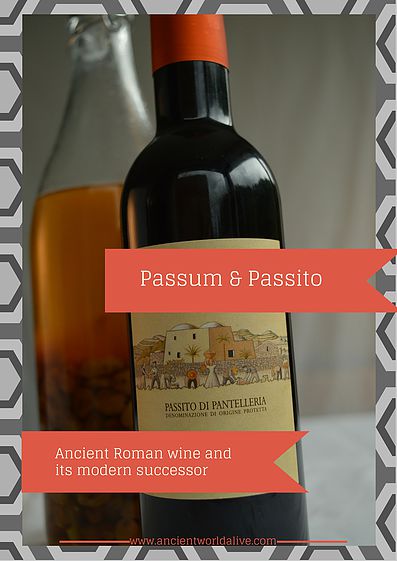 In Italy, the generic name for these wines is passito. The name comes from the Latin word passum – an ancient Roman sweet wine that was named after the Latin verb pando – to spread out. If used in winemaking context, the verb represented the spreading out of the grapes to dry under the sun until turning into raisins.
In Italy, the generic name for these wines is passito. The name comes from the Latin word passum – an ancient Roman sweet wine that was named after the Latin verb pando – to spread out. If used in winemaking context, the verb represented the spreading out of the grapes to dry under the sun until turning into raisins.
The oldest known recipe for producing passum available today comes from an ancient Carthaginian source. The city of Carthage was located in North Africa, today Tunisia. It was established as a colony of the Phoenicians in the 1st millennium BC and was the center of the ancient Carthaginian civilization. In a farming manual, the Carthaginian writer Mago gives a large explanation of the difficult procedure of making raisin wine. In the 2nd century BC, his work was translated into Latin. The modern readers could find the exact text in the translation of the 1st century AD Columella's book on the agriculture “Res rustica.”
According to the ancient recipe, the technique appears quite sophisticated and calls for drying the fully ripened grapes on wooden constructions coated with reeds. Every evening they have to be carefully covered with a special cloth, so they do not get damp from the morning dew, and every morning duly uncovered. When the grapes are dried, and the stalks removed, they are put in earthenware jars altogether with the best wine must one could find. In around six days, when the dried grapes have already taken as much liquid as they could, they are pressed in the wine press.
You may think this is not much of a pain for wine making, but, unfortunately, the procedure does not stop here. The leftover grape skin is mixed with fresh must of other grapes dried for three days in the sun and put again through the wine press. Finally, the two musts are mixed and sealed in vessels for twenty - thirty days. Only after all that the passum is considered ready. It is decanted into other containers and immediately sealed with gypsum and skins.
The ancient Romans highly appreciated the intensely sweet taste of passum. Palladius (4th century AD) informs us that it was used as a substitute for honey - the other big sweetener of the ancient world. This wine was also used for cooking. It was often added to different meals that were not necessary salty. In the cookbook of the famous ancient Roman gourmand Apicius “De re coquinaria,” passum could be seen as an ingredient of salads, meat, and vegetarian dishes as well as various sweets. Also, passum was drunk as an aperitif; ancient authors have mentioned it as one of the usual women drinking at dinner in ancient Rome.
That ancient wine, obviously, had great characteristics and exclusive nature. It has inspired one short myth about the Phoenician goddess Tanit, chief deity of Carthage who was in love with the great god Apollo. Desperate to win his love, she took the image of the gods’ cupbearer and replaced the usual drink of Olympus – ambrosia with the Pantelleria’s wine in his cup. The story tells that she succeeded having Apollo’s interest. What a magical power, right?
If you also want to taste such mighty wine, there is a way to prepare it at home following this recreation of an ancient Roman recipe for homemade passum.
Passito di Pantelleria – a modern wine with ancient roots
If you doubt your culinary abilities, you could try the modern Sicilian version of sweet raisin wine – Passito di Pantelleria. It has a history full of major awards: awarded in 1900 at Paris, in 1936 it was included among the typical Italian wines for its "delicate and velvety flavor” and called “sweet, affectionate, and generous wine." In 1971, third among Sicilian wines, Passito di Pantelleria obtains Denominazione di origine controllata (DOC) - a quality assurance label for Italian food products.
The process of producing this wine is almost as difficult and time-consuming as the ancient one. That could explain its price. One thing is sure, though: There is no other taste like Sicilian passito! It has a deep savor of matured grapes and aromatic nutty aftertaste. The subtle flavor of wood smoke at the end of a sip could even take you into delusion you drink fine French cognac. Maybe because of its high alcohol percentage, unusual for a wine – 14,5%. Or maybe because it is a divine potion able to seduce even the gorgeous Apollo.
About Stella Nenova
 Stella has a master degree in classics and PhD in ancient history, specifically ancient Greece and Roman Empire. She was university lecturer in Latin and ancient Greek for five years. Now she writes a blog www.ancientworldalive.com about ancient history.
Stella has a master degree in classics and PhD in ancient history, specifically ancient Greece and Roman Empire. She was university lecturer in Latin and ancient Greek for five years. Now she writes a blog www.ancientworldalive.com about ancient history.
Acireale - Agrigento - Castelbuono - Catania - Cefalù - Enna - Erice - Modica - Monreale - Noto - Palermo - Ragusa Ibla - Segesta - Selinunte - Taormina - Syracuse (Siracusa) - Trapani -
Alesa Arconidea - Aleister Crowley in Cefalù - Bagheria - Balconies in Sicily - Baron Wilhelm von Gloeden - Baroque architecture in Sicily - Birds in Sicily - Caccamo - cars in Sicily - Castelmola - Cats in Italy - Collesano - Death in Sicily - Death in Sardinia - Entella - Film locations in Sicily - Fish, fishermen and fish markets in Sicily - Gela - Gibilmanna - Greeks in Sicily - Halaesa Arconidea - insects in Sicily - Linguaglossa - Lizards in Sicily - Maps of Sicily - Monreale Cathedral - Monreale Cloister - Life in Sicily - Mosaics in Sicily - Mount Etna - Museums and Exhibitions - Normans in Sicily - Palermo: Museum of the Holy Inquisition - Palermo: the Norman Palace - Palermo: Oratorio del SS. Rosario, San Domenico - Palermo: the Palatine Chapel (Cappella Palatina) - Palermo: Richard Wagner in Sicily - Palermo: La Zisa - Palermo: Chiesa Santa Maria della Catena (Church of Saint Mary of the Chain) - Syracuse: The Archeological Park - Tommaso Fazello - Tuna fishing in Sicily (La Mattanza) - Videos - Villa Palagonia (Bagheria) "The Villa of Monsters" (Villa dei Mostri) - Villa Romana del Casale (near Piazza Armerina) - Sicily in Art - Sicilian Art and Artists - The White Lotus season 2 locations in Sicily -

